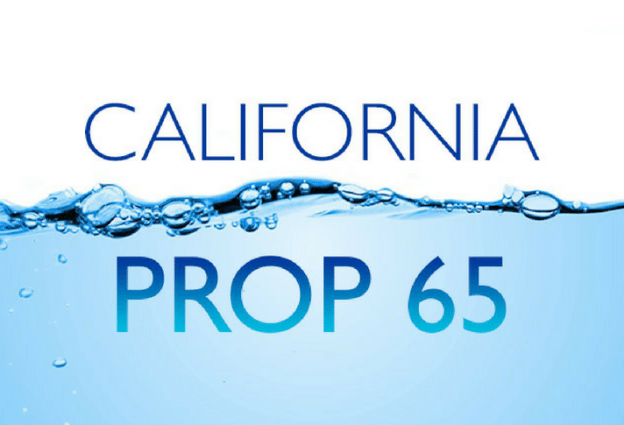After considering them for more than a year, California’s Office of Health Hazard Assessment (OEHHA) has finally issued new “Safe Harbor” warning regulations for Proposition 65. The new regulations intend to provide consumers “more specificity” about the chemical content of products sold in California. They take effect on August 30, 2018 and are set forth in California Health and Safety Code sections 25600, et seq.
Manufacturers have two options between now and the 2018 effective date. First, they may continue to use the warning language permitted under the current safe harbor regulations. So long as the product was manufactured before August 2018, the current warning language will be deemed compliant even if the product is sold after the effective date of the new warning regulations. Second, manufacturers are permitted to employ the new warning language immediately. Additionally, if a manufacturer’s product has previously been the subject of a court-approved settlement or final judgment, any warning language that complies with that order or judgment also complies with the new law.
The revised regulations will require manufacturers to list the name of one or more of the specific Proposition 65 chemicals that trigger the warning label. Currently, safe harbor warnings require only a generic reference to “chemicals,” leaving the consumer to guess whether the product contains lead, phthalates, or any of the other 800 chemicals on the Prop 65 list. The new regulations also require that a pictogram accompany the warning in the form of a black exclamation point in a yellow equilateral triangle with a black outline. If the product’s label otherwise contains no yellow, the pictogram may be printed in black and white. In addition to containing the new pictogram, the warning must include the following language and an internet link to the new OEHHA internet warning site:
WARNING: This product can expose you to chemicals including [one or more of the listed chemicals] which [is/are] known to the State of California to cause cancer and other reproductive harm. For more information, go to www.P65Warnings.ca.gov
The warning language is designed to catch consumers’ attention and provide ready access to additional information about Proposition 65. The warning must be written in at least 6-point font and be no smaller than the largest font size used for other consumer information provided on the product. The yellow pictogram must be no smaller than the word “WARNING,” which must appear in all capital letters.
Although the new warning language must be used on the majority of products sold in California, the regulations also detail different language that must be used for specific categories of products such as food, alcohol and raw wood. For products sold over the internet, manufacturers and retailers will need to prominently display either the full text of the warning or a hyperlink with the word “WARNING” on the product display page. The current common practice of including a hyperlink with only the phrase “California customers click here” will not be acceptable after the 2018 effective date.
OEHHA’s new regulations also go further in shifting the burden of warning from retailers to manufacturers. Manufacturers will need to ship their products with warning labels attached, or they must provide all of the required warning materials to the retailer. If the manufacturer opts to provide warning materials, receipt by the retailer must be confirmed within six months and again annually after that. The new regulations also make it easier for private plaintiff “bounty hunters” to bring lawsuits. If a private plaintiff asks, retailers will be required to identify the product’s manufacturer or supplier. Currently, retailers have no obligation to volunteer any information to a private plaintiff.
One thing that remains the same is that the new regulations provide no guidance about the relative risk of any potential chemical exposure. For example, a refrigerator may require a warning because its power cord contains a chemical on the Proposition 65 list. But most consumers never handle the power cord after the refrigerator is installed, so who does the warning really help? That remains to be seen. Right now, it seems that the new regulations primarily benefit private plaintiffs while needlessly alarming consumers about products that may pose no health hazard.
For further questions, please contact:
P. Mark Mahoney
Schiff Hardin LLP
San Francisco, CA
415-901-8775
Dale Matschullat
Schiff Hardin LLP
Chicago, IL
312-258-5507
Additional information about Prop 65 is also available on the IHA website.



